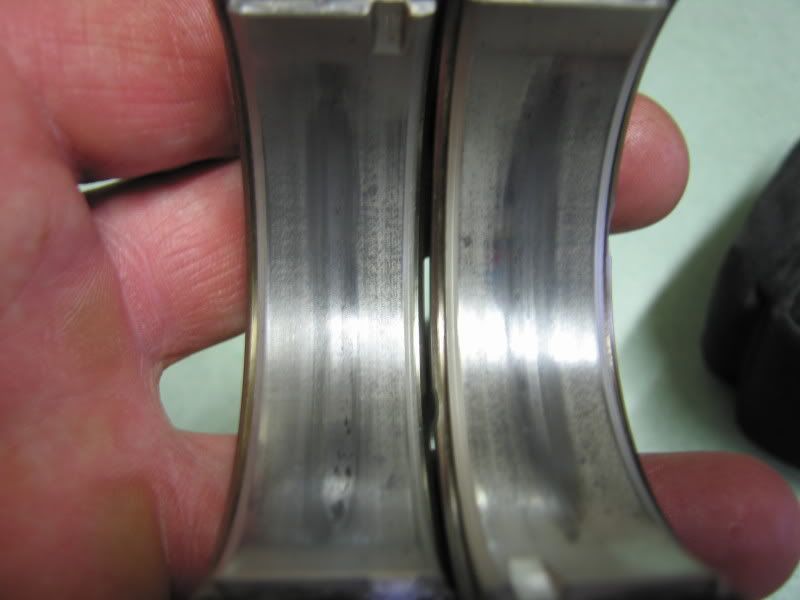Re: Gentlemen, check your balls. and ladies too.
Posted: Sun Aug 22, 2010 4:45 am
Mine looked like these ones too. The spring was in pieces. edit: for accuracy


Boxerworks Member Forum
https://boxerworks.com/forum/



I thought the ball moved when pressure in the filter outer exceeded pressure in the main galley by "X," "X" being a figure that the engineers felt represented a clogged element or oil too cold or thick. VW T4 motors use a bypass that is conceptually similar (it's in the filter mount--not the cooler bypass in the case) and when removed/defeated in the interest of "filtering ALL the oil ATT" the filters must be bought carefully to ensure they have high enough burst resistance. I believe the relief's other purpose is to protect the filter during warmup.ME 109 wrote: The oil in the filter chamber will take the path of least resistance so it will open the bypass if/when the filter becomes blocked.
As I stated in earlier posts re the bypass, I can't see how a spring with seemingly light tension can resist 100 psi even with a brand new filter. Maybe it can at idle or low revs, but 100+ pounds??
I think oil is always bypassing the filter to some degree.
If oil passes through the filter at 100 psi, the bypass should be able to resist 100> psi.
My crude brain says the area of the hole in the retainer screw is 'maybe' 1/60th of a square inch.
Should the spring therefore be able to resist approx 6 pound pressure?
OF COURSE! Downstream of the ball it joins the galley fed with the filtered oil, so that would pretty much have to be the case. That completely explains why the spring pressure seems so light.melville wrote:ME 109 wrote: I thought the ball moved when pressure in the filter outer exceeded pressure in the main galley by "X," "X" being a figure that the engineers felt represented a clogged element or oil too cold or thick.